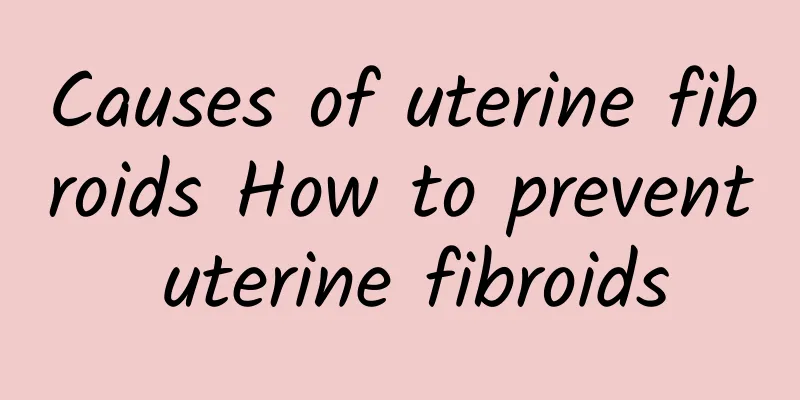How to check which bacteria causes chronic cervicitis

|
The specific pathogens of chronic cervicitis need to be determined through laboratory tests, and common methods include cervical secretion smear, bacterial culture and PCR testing. Treatment requires the selection of antibiotics or antifungal drugs according to the type of pathogen. 1. Cervical secretion smear examination. Observe the bacteria, fungi or parasites in the cervical secretions under a microscope to preliminarily determine the type of infection. This method is quick and simple, but the accuracy is limited, and it is usually used as a preliminary screening method. 2. Bacterial culture. Inoculate the cervical secretion sample onto a specific culture medium to observe the bacterial growth and determine the specific bacterial species. Bacterial culture can identify the pathogenic bacteria and test drug sensitivity, providing a basis for treatment, but it takes a long time, usually 3-7 days. 3. PCR test. Detect pathogenic bacteria DNA or RNA in cervical secretions using polymerase chain reaction technology to quickly and accurately identify pathogens. PCR detection has high sensitivity and can detect trace amounts of pathogens, making it suitable for complex or mixed infections. The pathogen examination of chronic cervicitis needs to be judged comprehensively in combination with clinical symptoms and laboratory results. Common pathogens include gonococci, Chlamydia trachomatis, Mycoplasma, Candida, etc. The treatment method needs to be selected according to the type of pathogen. For gonococcal infection, antibiotics such as ceftriaxone and azithromycin can be used; for Chlamydia trachomatis infection, doxycycline, azithromycin, etc. can be used; for Candida infection, antifungal drugs such as fluconazole and itraconazole can be used. During treatment, personal hygiene should be paid attention to, sexual intercourse should be avoided, and regular check-ups should be conducted to ensure complete cure. Pathogen detection of chronic cervicitis is a key step in diagnosis and treatment. By identifying the type of pathogen through laboratory testing, targeted drugs can be selected to improve the treatment effect. Patients should seek medical treatment in a timely manner, cooperate with doctors for relevant examinations, follow the doctor's instructions for standardized treatment, and pay attention to daily care to prevent recurrence. Regular gynecological examinations can help detect and treat chronic cervicitis early and maintain women's reproductive health. |
<<: Is cervical erosion severe?
>>: Chronic adnexitis etiology examination
Recommend
Can I have an abortion if I have uterine fibroids?
In life, many female friends do not take preventi...
Be careful not to fall into the misunderstanding of cervical erosion
Cervical erosion is not as terrible as imagined. ...
How to care for chronic adnexitis
Chronic adnexitis is a disease suffered by many w...
Are ovarian cysts and uterine fibroids the same disease? What are their characteristics?
Are ovarian cysts and uterine fibroids the same d...
When is the due date if the last menstrual period is January 5?
If the last menstrual period was January 5, the e...
Clinically, patients rarely experience symptoms of painful ovarian cysts.
When women find themselves infertile, please do n...
Introduction to the key points of prevention of cervicitis
Cervicitis is extremely harmful to women and has ...
Can pelvic inflammatory disease be treated?
Can pelvic inflammatory disease be treated? Chron...
Threatened abortion without bleeding test
For many pregnant mothers, threatened miscarriage...
Several major hazards of chronic cervicitis that we need to be aware of
Clinically, the harm of chronic cervicitis is rel...
How to quickly relieve dysmenorrhea
Dysmenorrhea refers to pain in the lower abdomen ...
Corn weight loss strategy to lose weight, lower blood pressure and fight cancer
Corn is rich in dietary fiber. Eating more can pr...
The trend of younger abortions needs to be reversed
On May 19, Professor Chen Yijun of the Chinese Ac...
What are the hazards of cervical erosion?
More and more of our female friends are suffering...
What are the causes of pelvic inflammatory disease?
Do you know the causes of pelvic inflammatory dis...









